"Lighting design is not about the number of lights or the lumens they emit. It's about the story they tell."
Rogier van der Heide, one of the world's best-known lighting designers
Lighting goes far beyond its practical function of making spaces visible. As Rogier van der Heide, one of the most renowned lighting designers, describes, light tells stories, creates atmospheres, and defines how we experience a room. In interior design, choosing lighting is not just a technical question. It is a powerful tool for transmitting sensations and influencing the perception of spaces.
Light directly impacts our well-being and emotional state. Studies show that different types of lighting can stimulate or calm, improve concentration, or promote relaxation.
A space lit with warm tones conveys comfort and welcome. Cool lighting can increase productivity and focus. Furthermore, natural light contributes to biological balance, regulating internal rhythms and promoting harmony when used well.
The intersection between light and emotion is a field studied by neuroscience and interior design, where the choice of light sources can completely transform the experience of an area
Understanding the psychology of light is essential for interior designers and architects to create functional and emotionally impactful spaces. Careful choice of lighting can transform rooms, guide perception, and even influence behavior.
More than an aesthetic choice or following lighting trends, this technique can completely transform a space's perception. But how exactly does each shade of light influence our mood and behavior? Let's explore this fascinating relationship and discover how to shape spaces through light.
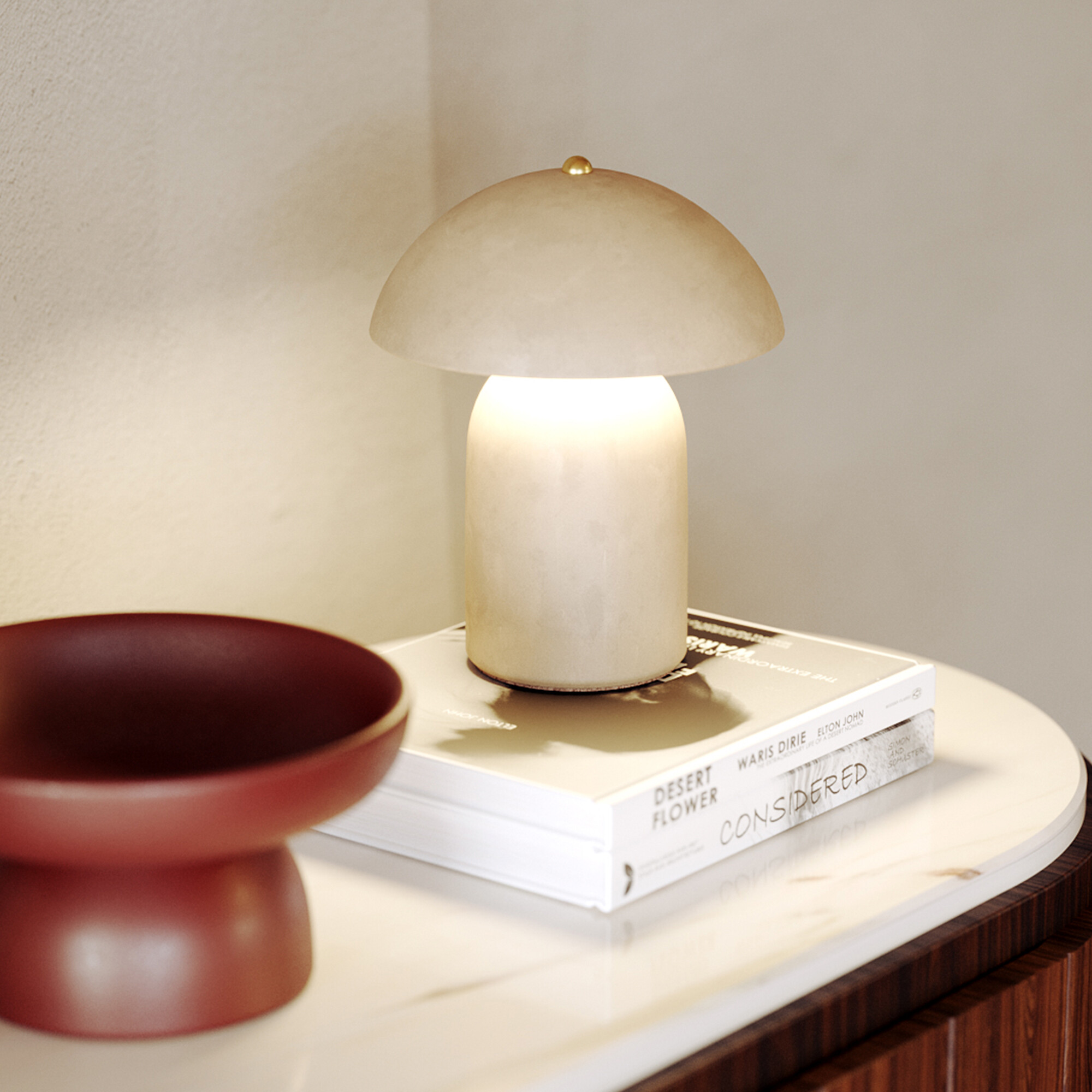
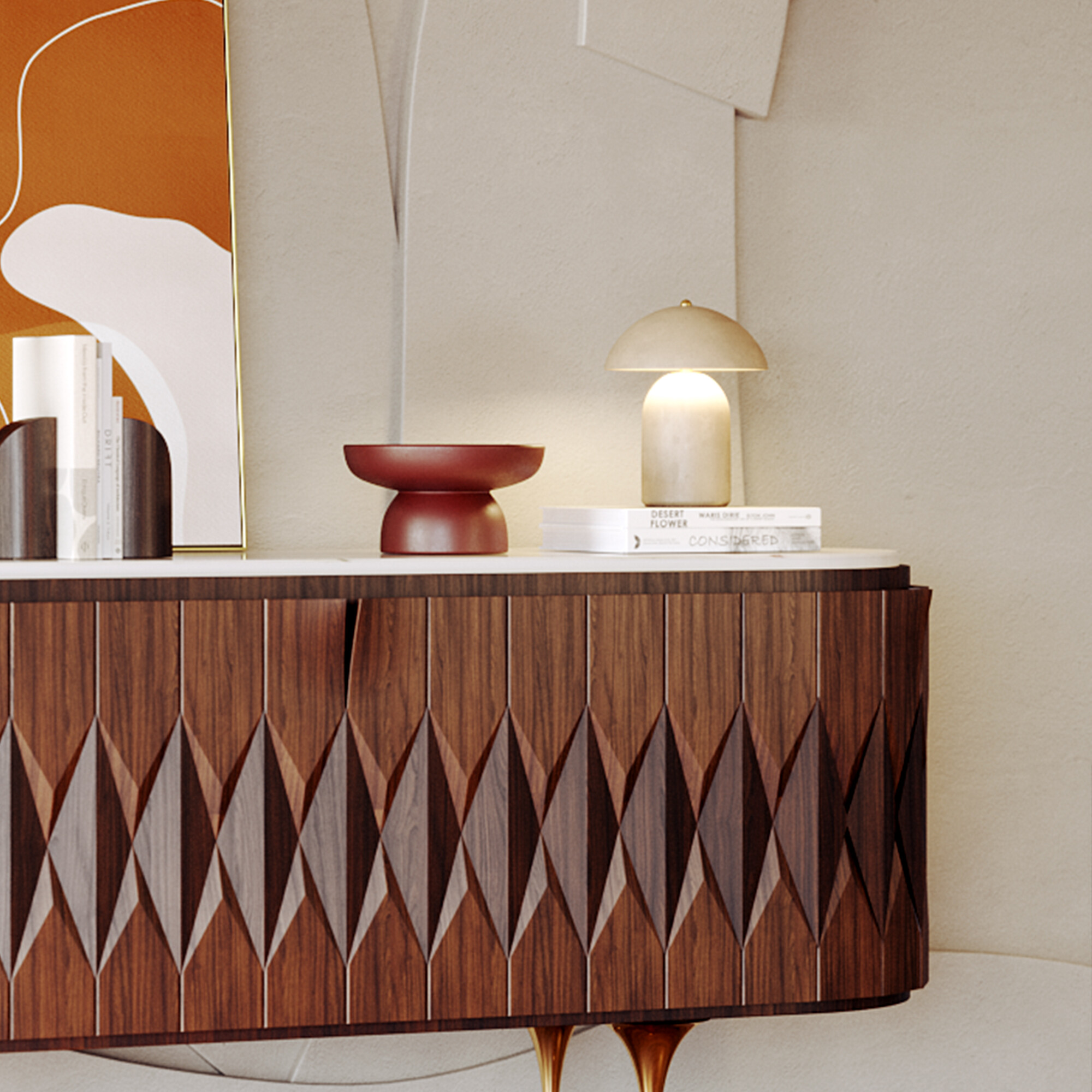
Lighting significantly impacts the perception of spaces, making them visually larger, more welcoming, and sophisticated. Diffuse light, distributed evenly, creates a feeling of spaciousness and softness. Focused light highlights specific elements, such as works of art, furniture, or architectural details, giving depth and personality to the space.
Color temperature and light direction also influence the perception of space. Warm tones convey coziness and closeness, making them ideal for living rooms and bedrooms, while cool tones evoke dynamism and modernity, making them more appropriate for offices and kitchens.
It is also important to remember that lighting has the power to awaken emotions and build a space's identity. In what way? Try using light to highlight the richness of materials, the sophistication of textiles, and the complexity of textures, creating a unique sensorial narrative. The interaction between light and different decorative elements influences the way we perceive the volumes, reliefs, and finishes of the pieces.
The balance between light and shadow, the intensity of light, and the incidence angle are essential factors for creating areas with soul and identity.
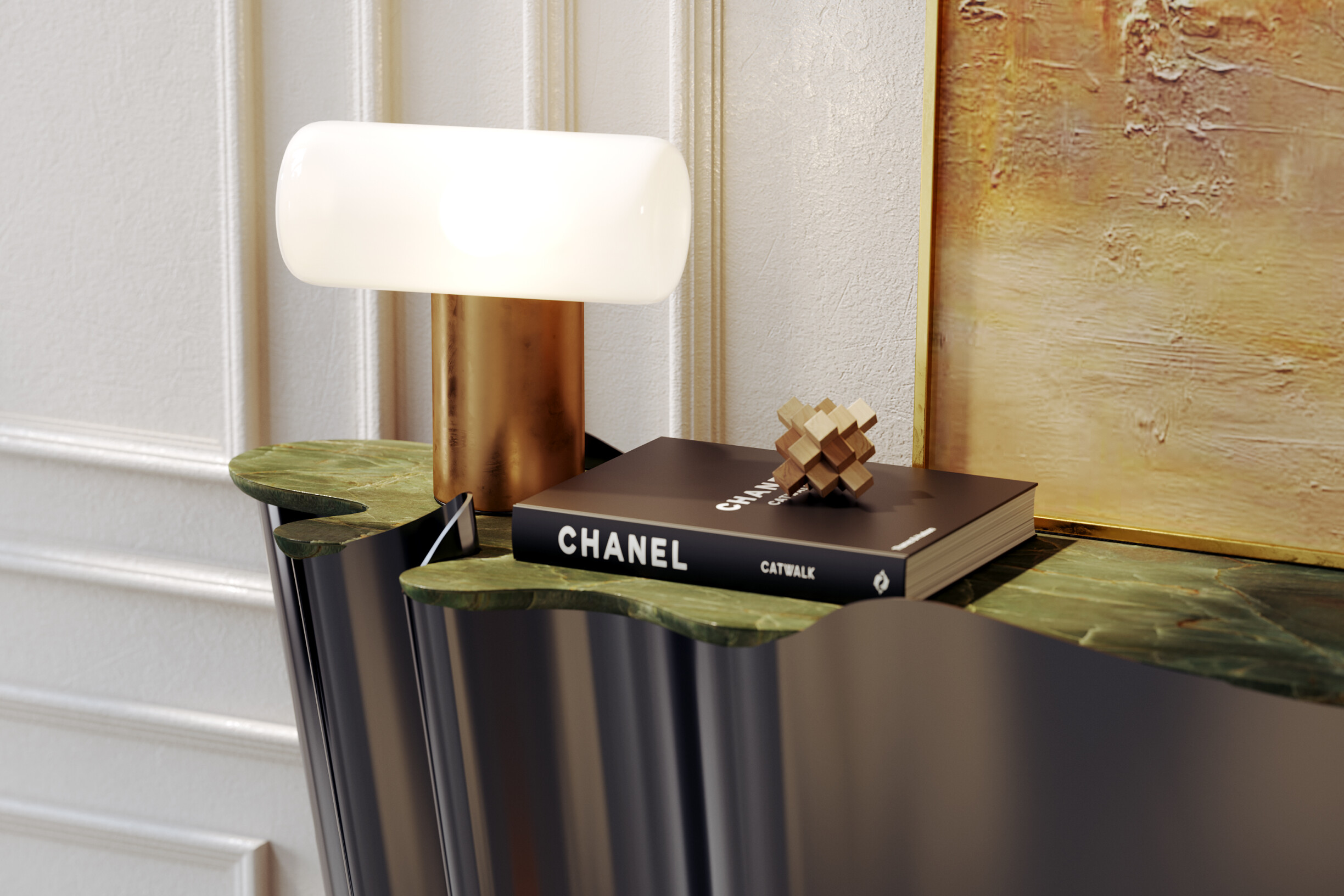
Natural light is essential for the balance of our body, as it regulates the circadian rhythm, affects the production of melatonin and serotonin, and directly impacts our mood. Spaces well-lit by natural light promote greater well-being, reduce eye fatigue, and increase concentration. Exposure to sunlight improves sleep quality and strengthens the immune system.
Enhancing natural light through large windows, skylights, and translucent materials in interior design helps create healthier, more inviting spaces. For example, offices with large windows that maximize natural light tend to increase worker productivity and reduce stress levels.
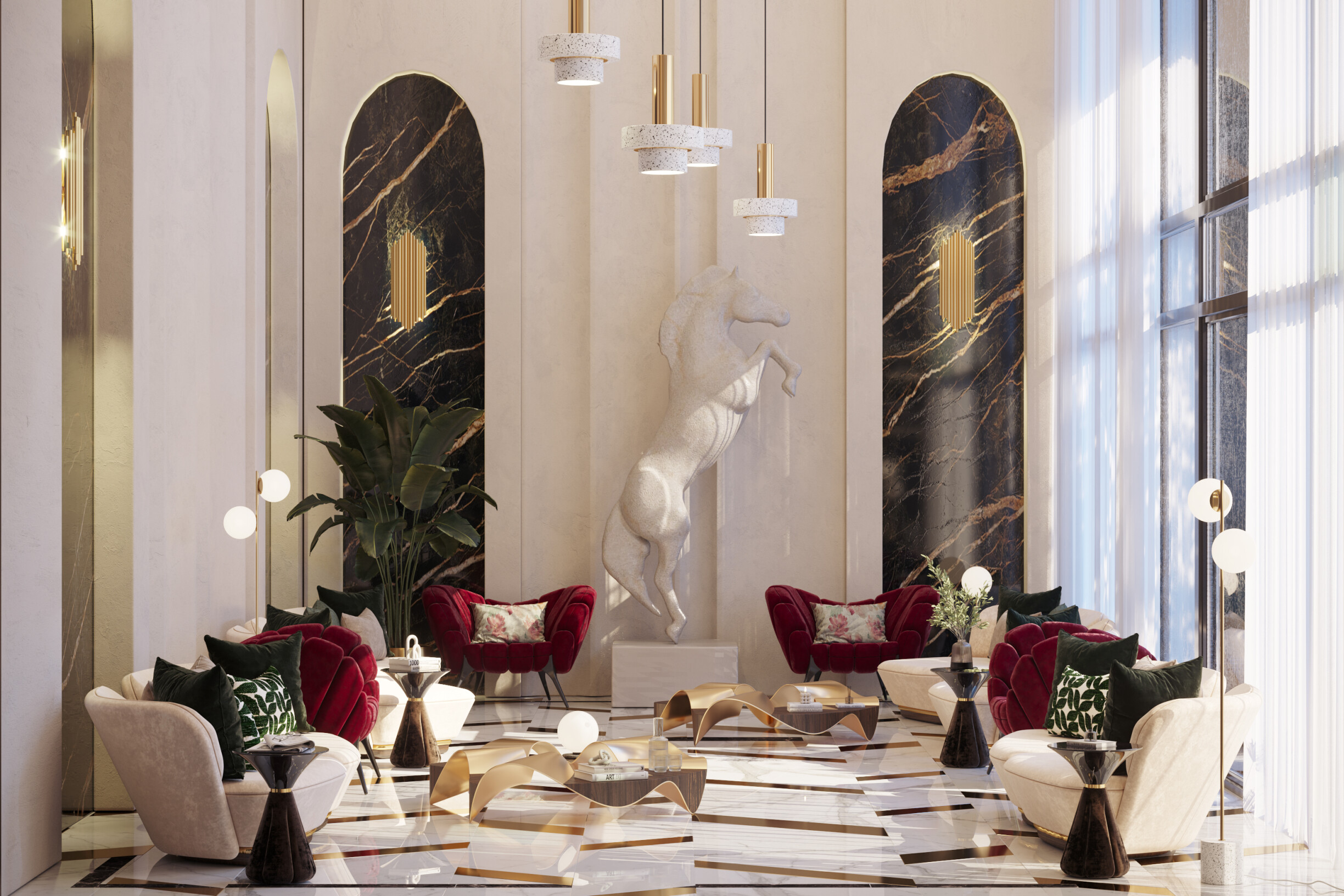
Artificial light can complement natural light or create different atmospheres. With the evolution of LED technology, it is possible to control the color temperature and light intensity to provide visual comfort and stimulate certain emotional states. In commercial spaces, for example, strategic lighting is used to highlight products and create sensory experiences that influence customers' purchasing decisions.
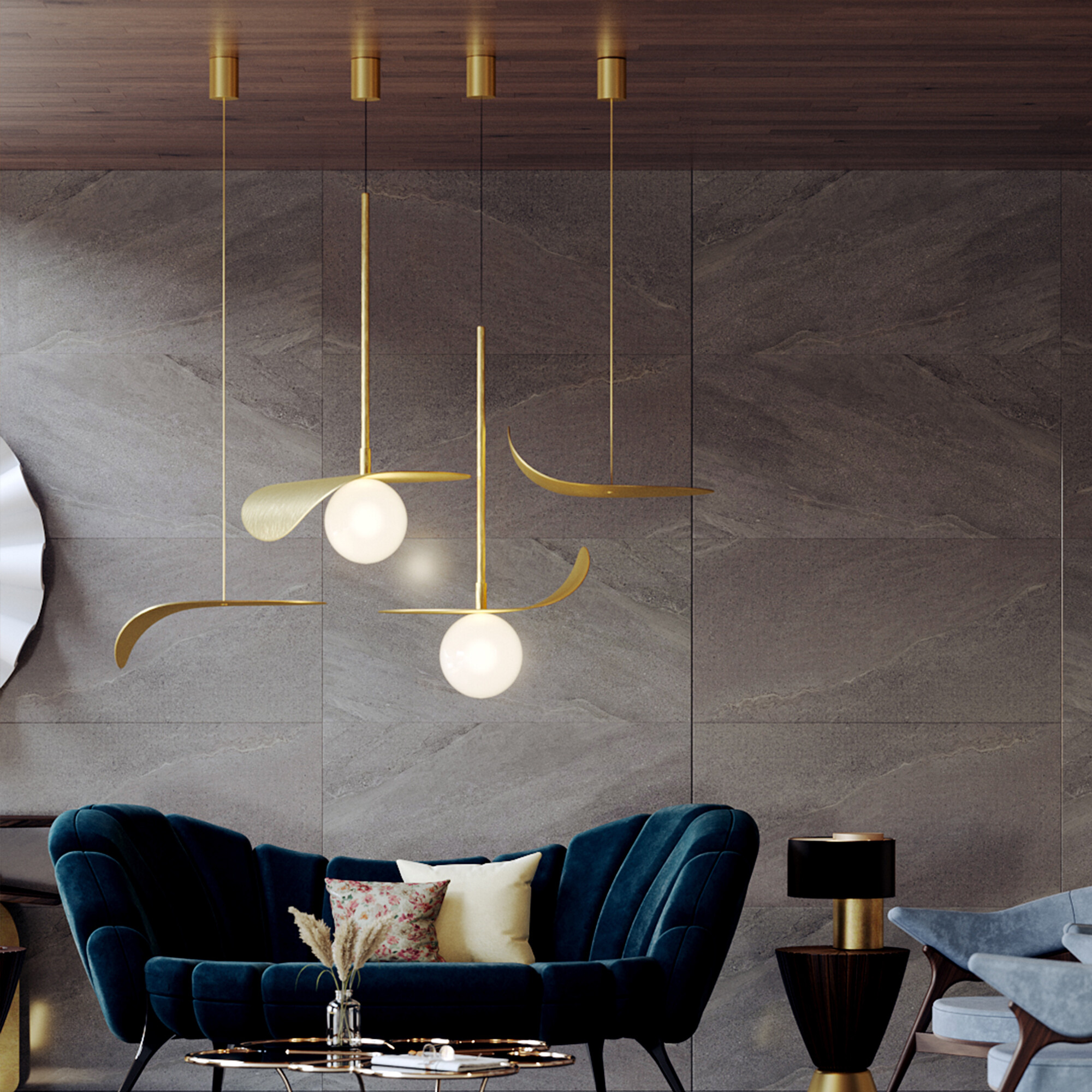
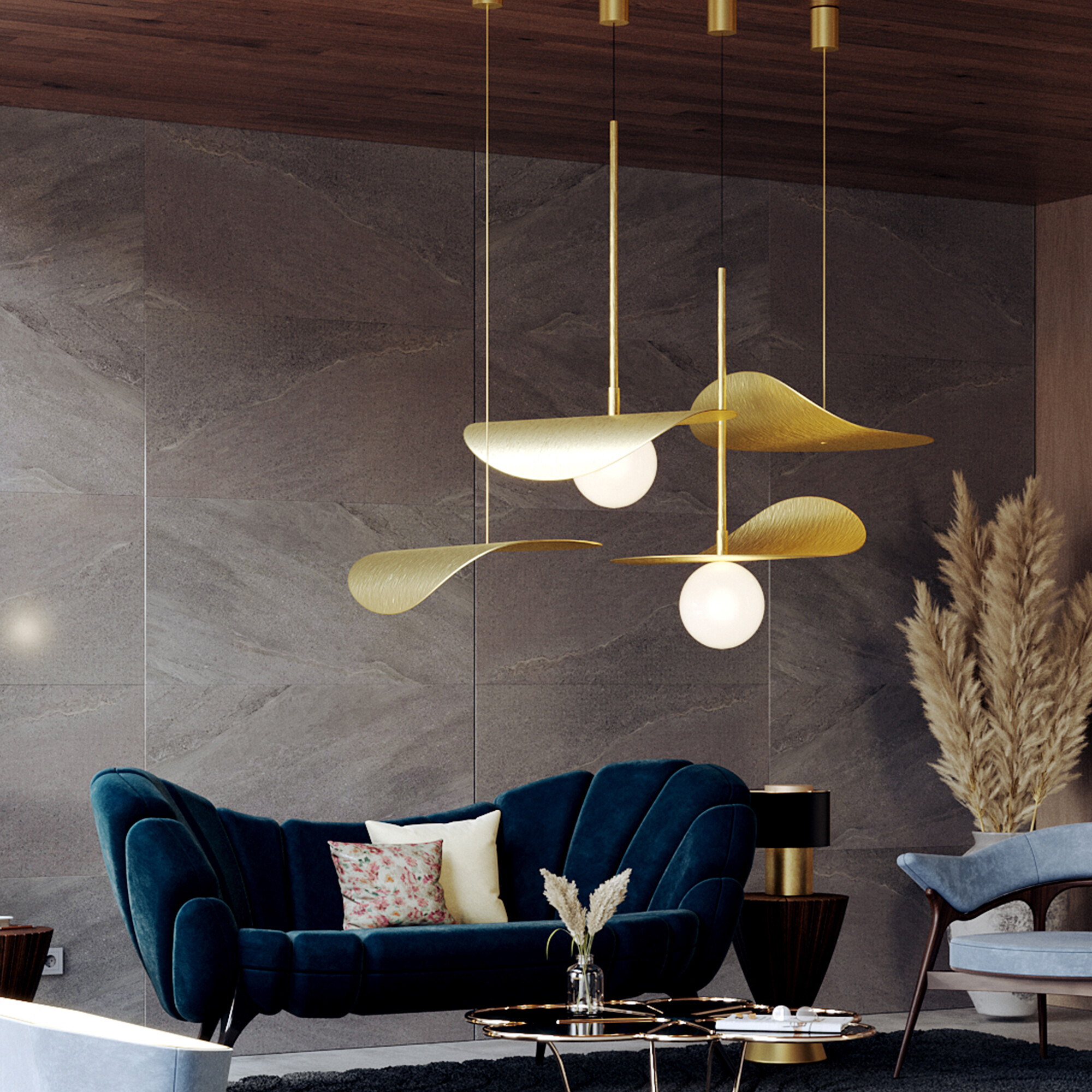
Artificial light can complement natural light or create different atmospheres. With the evolution of LED technology, it is possible to control the color temperature and light intensity to provide visual comfort and stimulate certain emotional states. In commercial spaces, for example, strategic lighting highlights products and creates sensory experiences that influence customers' purchasing decisions.
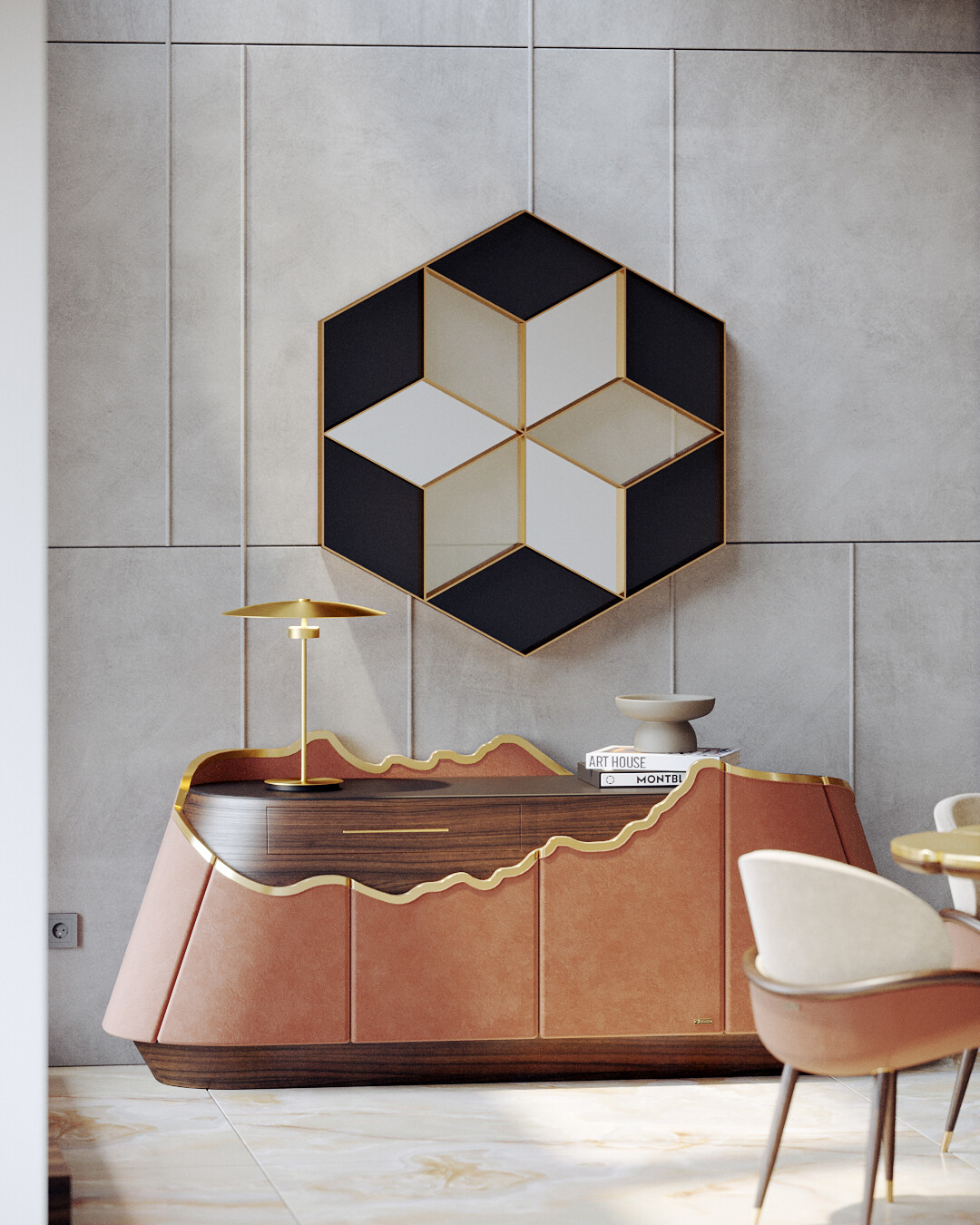
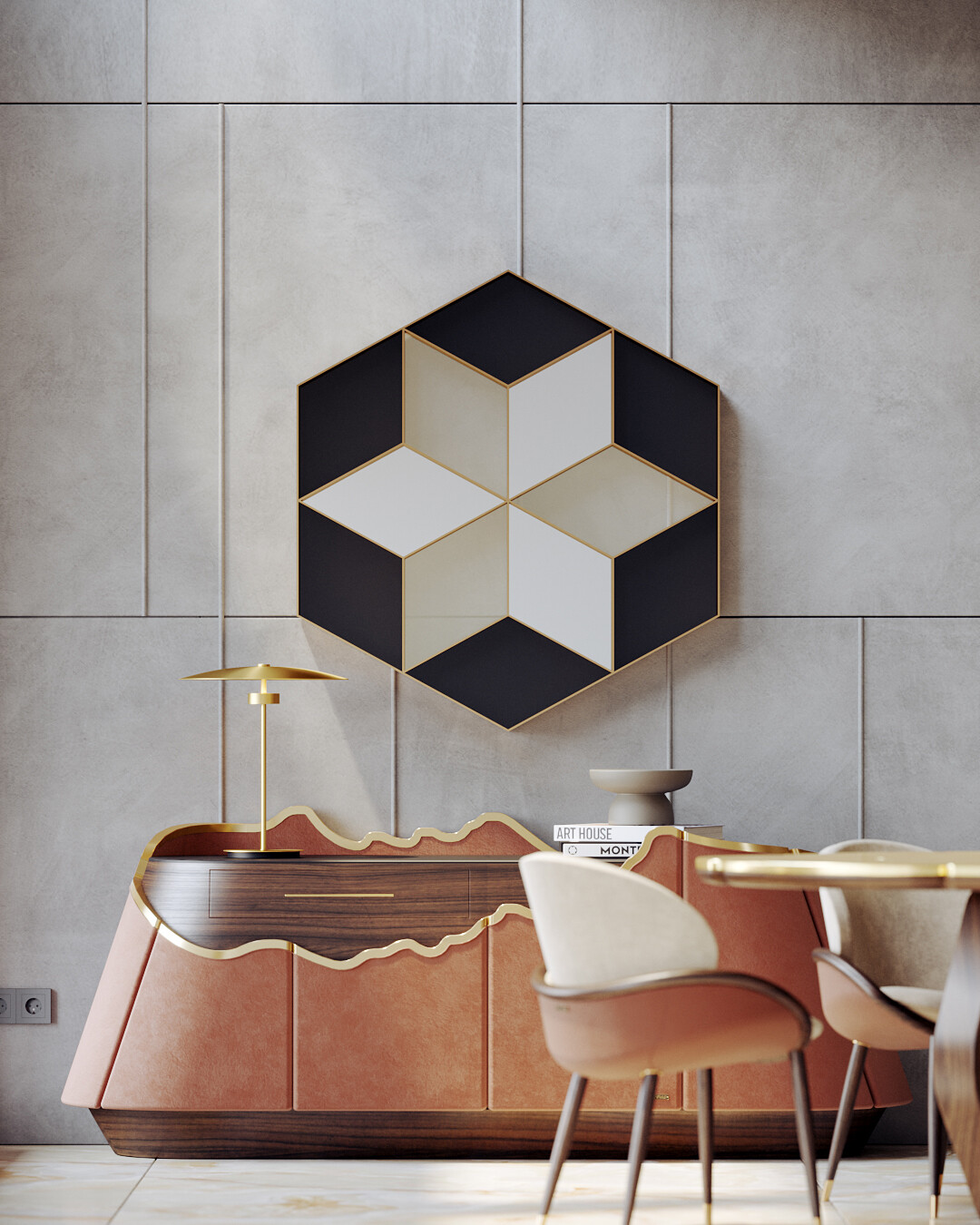
You walk into a room and instantly feel relaxed and welcomed. Or, on the contrary, you enter a space where the bright, intense light awakens you and puts you in concentration mode. These effects are not the result of chance. Lighting can modulate our emotions and set the tone of a room, which is why it is one of the tools used in sensory design.
Choosing the right shade of light for each space is more than an aesthetic preference; it is a strategic decision to create atmospheres that enhance well-being and functionality. From the warmth of warm tones to the stimulating clarity of cool light, each option directly impacts how we feel and interact with the space.

Warm light conveys coziness, comfort, and intimacy. Color temperatures below 3300k are often associated with dusk and the cozy ambiance of candles.
This type of lighting is ideal for relaxing spaces, such as bedrooms and living rooms, where you want to create a soothing and inviting atmosphere. Restaurants and cafes also benefit from warm lighting, which promotes closeness and comfort.
Cold light, with temperatures above 5000K, is associated with stimulating and energetic rooms. This shade of light improves concentration, reduces fatigue, and increases alertness.
Cool lighting is often used in offices, home offices, kitchens, and workspaces where visual clarity is essential. Schools, gyms, and commercial spaces also benefit from it, as it encourages energy and dynamism.
Neutral light, between 3300K and 5000K, balances the characteristics of warm and cool tones. It offers natural and versatile lighting, making it a balanced choice for different spaces.
This shade adapts well to multifunctional areas such as hallways, lobbies, bathrooms, or commercial spaces. It allows you to create neutral areas without compromising the feeling of comfort or the need for focus.
The ideal lighting depends on the function of each space and the atmosphere you want to create. A bedroom requires comfort and softness, while an office requires clarity and stimulation for concentration. The choice of lighting fixtures, intensity, and tone of light will make all the difference in your customers' perception and in the way other elements stand out.
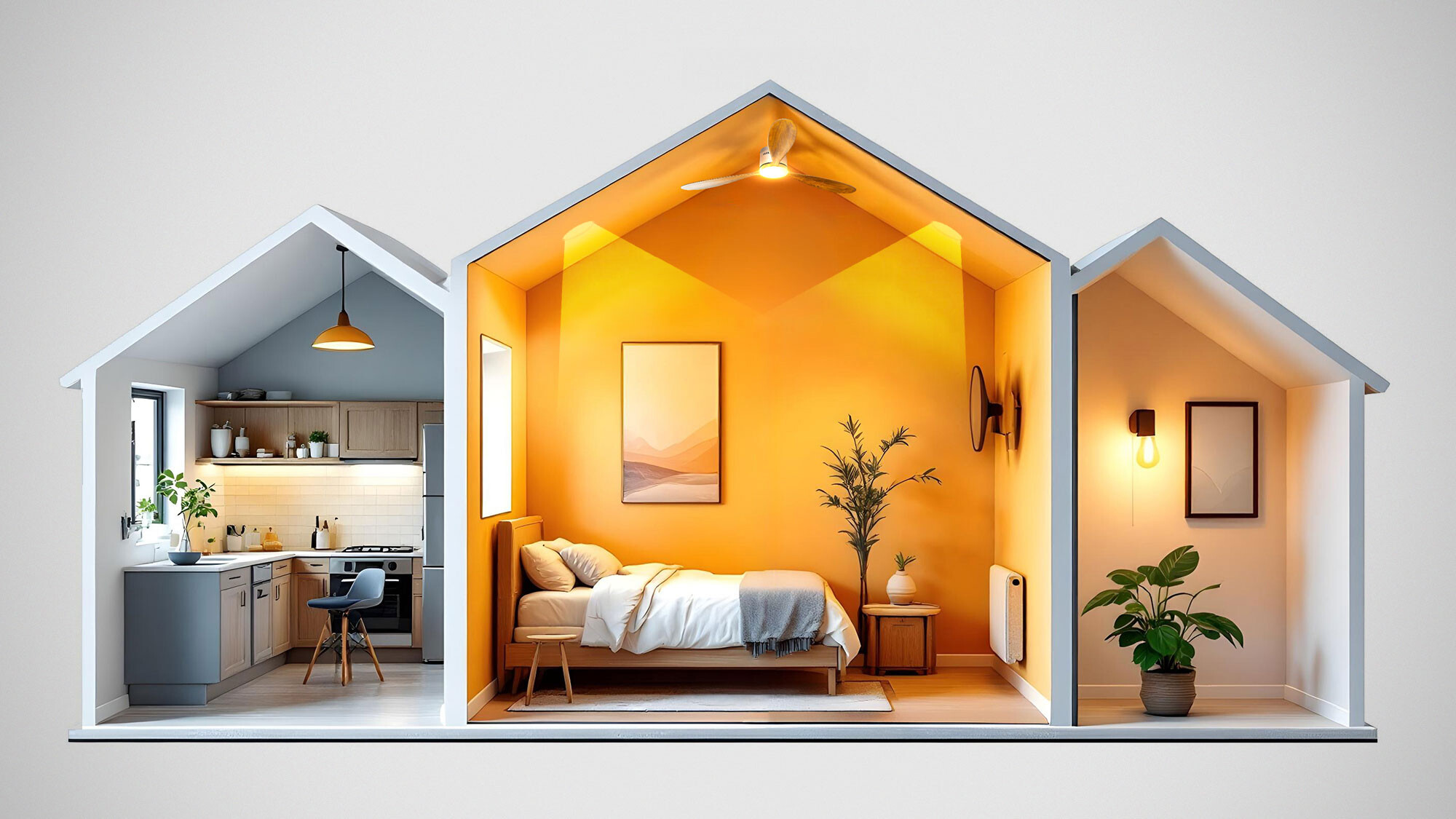
Bedroom lighting should be relaxing and cozy. To promote rest, opt for warm tones and indirect lighting. Table lamps, bedside pendant lights, and indirect lighting are ideal choices.
The lighting in the living room should be adjustable for different moments, from a social space to a relaxing setting. Opt for a combination of warm and neutral light with dimmable options. Floor lamps, wall lights, and LED strips behind furniture are strategies for creating a cozier area.
The kitchen requires cold light for greater visibility and safety in daily tasks. Combining general lighting with focused light over countertops and food preparation areas is essential.
The bathroom needs neutral light that offers a balance between relaxation and clarity. Backlit mirrors and recessed ceiling lighting ensure a sophisticated yet practical effect.
Cool light stimulates focus and reduces fatigue in the office. Directional lamps allow you to adjust lighting as needed.
Every detail counts when creating a unique project, and lighting is one of the most impactful factors. Lighting transforms spaces and defines experiences. With the right choice, you can create more comfortable, functional, and sophisticated spaces.
If you want to take your projects to the next level, contact us here! Also, did you know that we regularly update our blog to bring you all the news and content about interior design, interior architecture, and decoration? Just be aware!